ECO FIRST PARKJapanese
Eco First Park serves as a new kind of "school"
where everyone can participate in thinking about how we live and the environment.
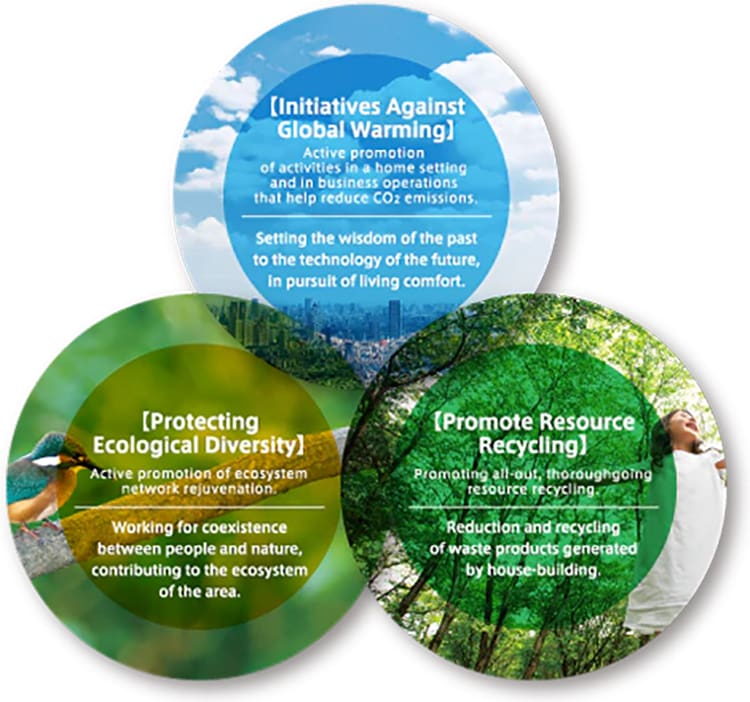
Our "Environmental Future Plan" was announced in 1999 ahead of the rest of the industry.
Since that time, Sekisui House has aimed to create a housing environment that is friendly to both humans and the planet and can be passed down from generation to generation.
These efforts were highly evaluated by the Ministry of the Environment, and in 2008 we were certified as a "Eco-First Company" —the first in the housing industry.
Sekisui House has accumulated a record of environmental activity, Eco First Park is a facility that symbolizes this record and crystalizes these activities.
Eco First Park brings together the developed wisdom of those who have gone before us in a facility full of the latest in eco-friendly design and technology.
Here you can experience, learn about and study various ways of living, and will be sure to encounter the styles of living that will meet the demands of the future.
ECO FIRST PARK facilities
House of Wind Sustainable Design Laboratory
Initiatives Against Global Warming
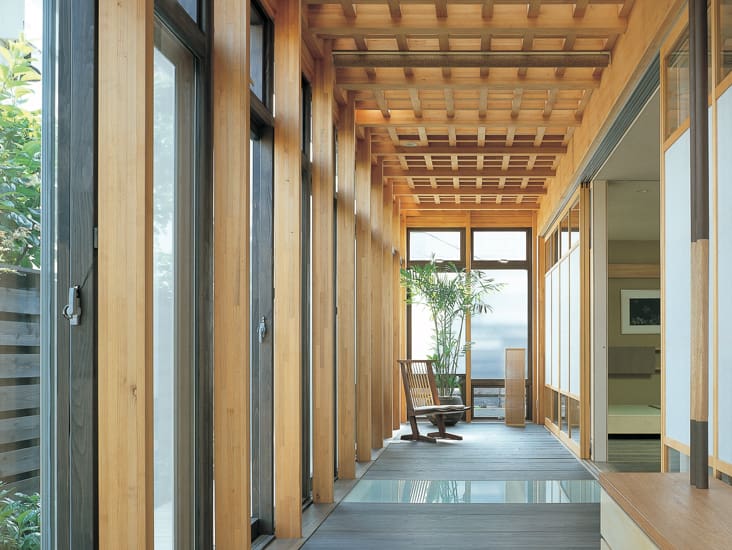
Veranda space
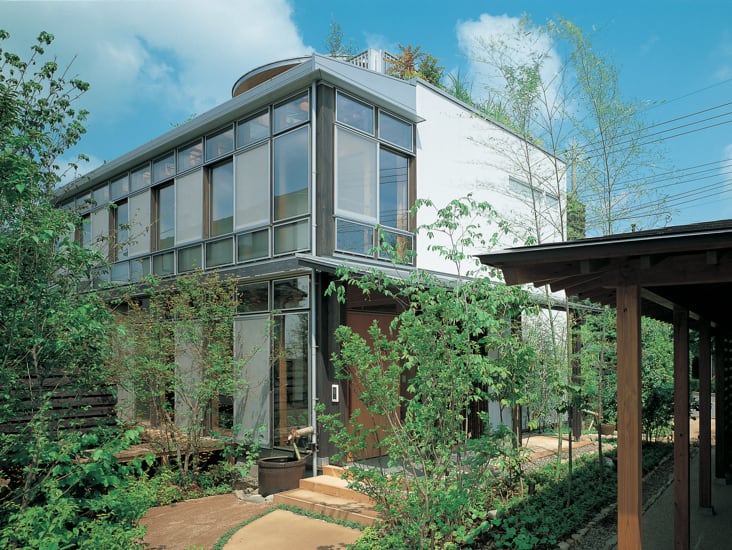
South side exterior
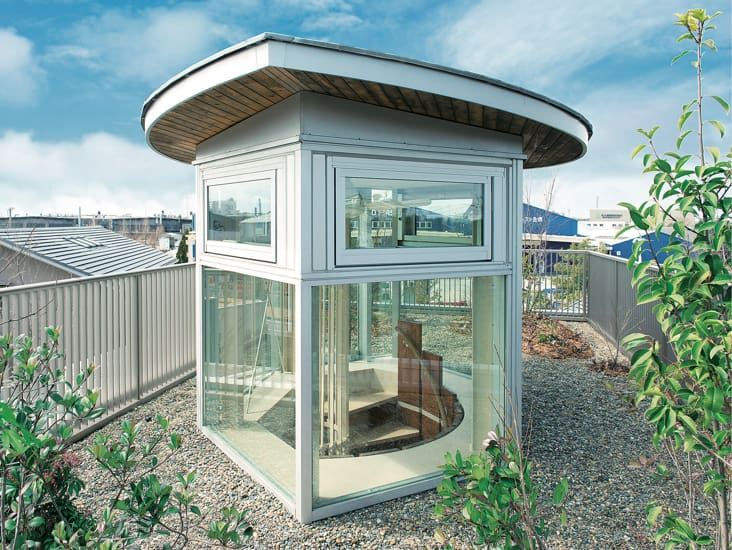
Ventilating skylight
House of Tomorrow Zero Emission House
Initiatives Against Global Warming

A fusion of technology and traditional beauty that we share with the world
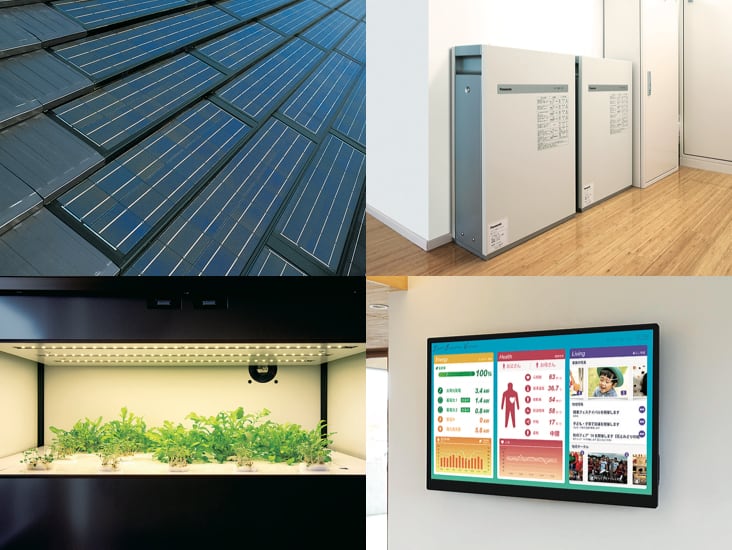
Studying ultimate self-sufficiency in aims of zero energy balance

Proposing healthy and comfortable lives advanced technology
Wooden House Kankankyo
Initiatives Against Global Warming
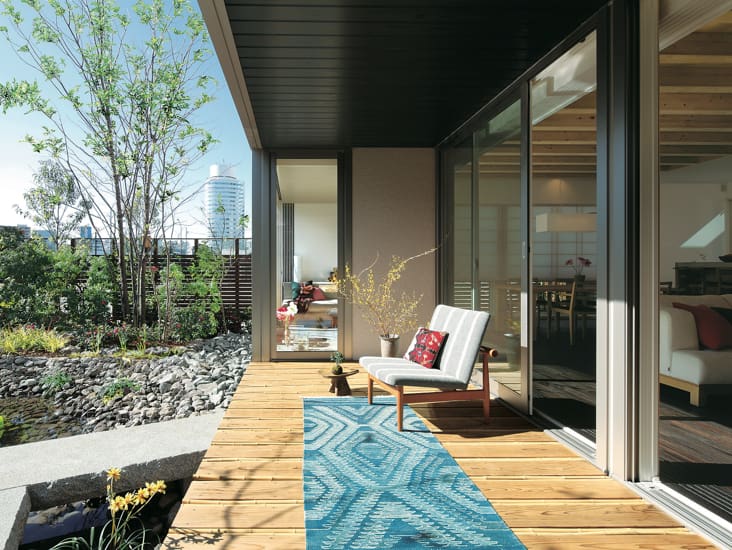
Comfort of being connected to nature
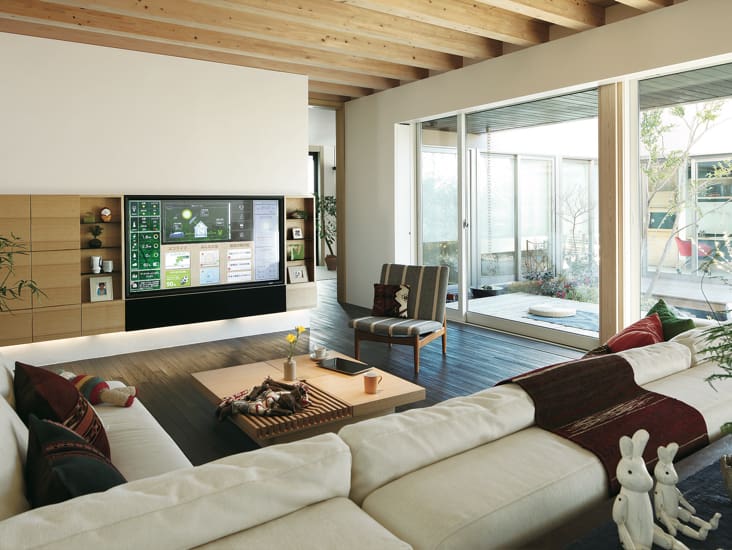
Comfort of being connected to people

Comfort of being connected to housing
A clean, quiet electric vehicle is the start of a new relationship between housing and cars. We also propose systems for comfortable living, and that extend the life of housing, such as a home history system that stores housing maintenance information and a control system of three linked batteries.
Living Garden "Gohon no Ki" landscaping concept garden
Protecting Ecological Diversity
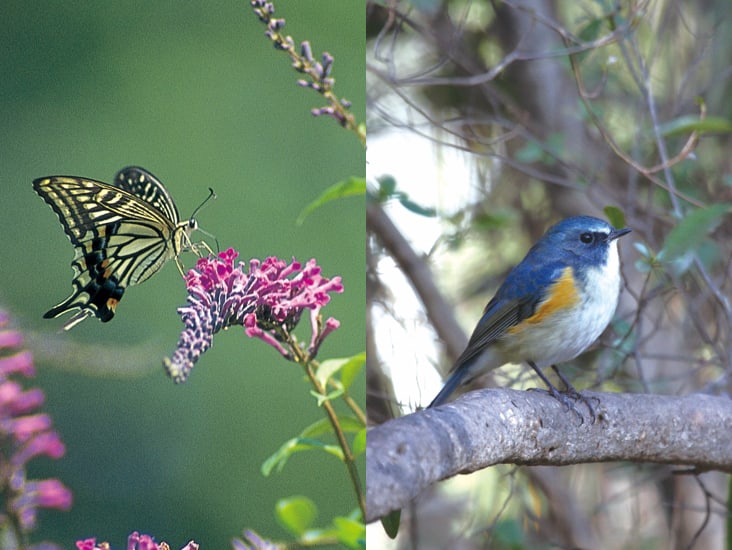

The pond and flow of water nurture many living things, providing a habitat for fish, a bathing place for birds, a place for fireflies to lay eggs and other such benefits. Rainwater flows into the pond, and naturally purifies.
Resource Wellspring Resource Recycling Center
Promote Resource Recycling

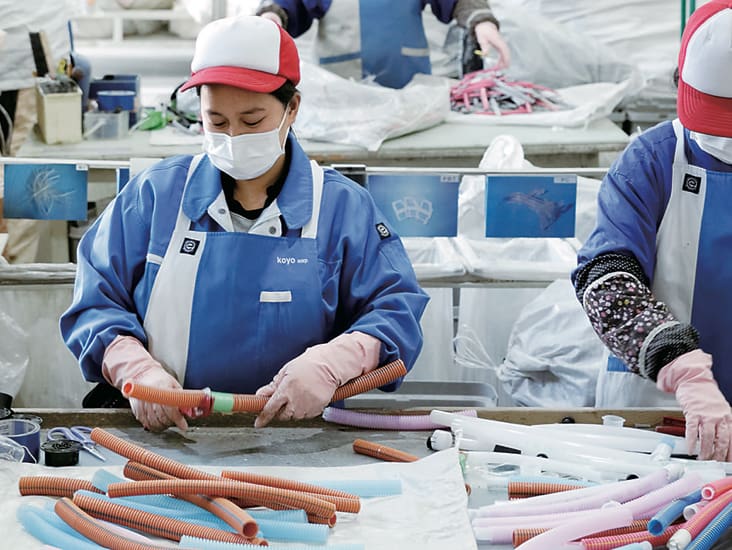
Access
We ask that you make a reservation so that everyone can tour Eco First Park at their ease.
| Address | 8 Kitatone, Koga City, Ibaraki |
|---|---|
| Access | Approx. 20 minutes by car from Koga Station on the JR Utsunomiya Line |
| Hours | 10:00 a.m. - 5:00 p.m. |
| Closed |
Saturdays, Sundays, holidays and Sekisui House days off (Year-end/New Year's, summer vacation, Sekisui House Founding Day) |
| Admission | Free |



